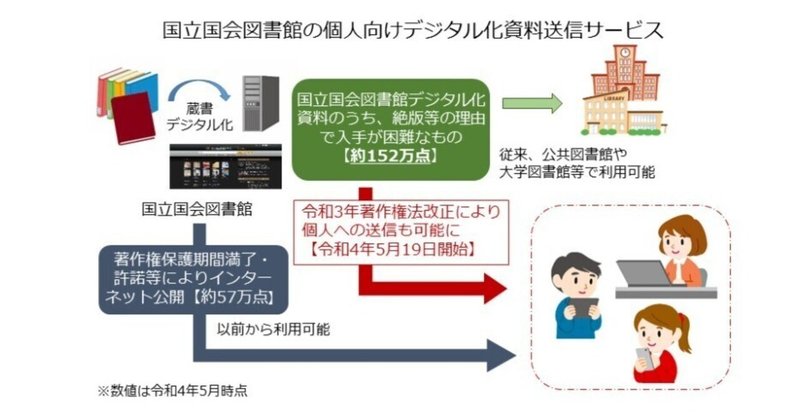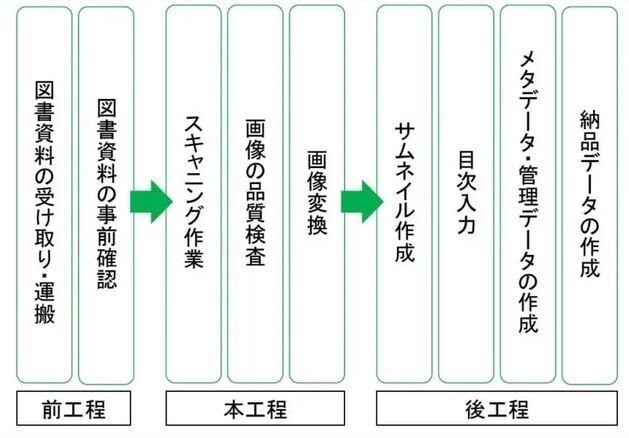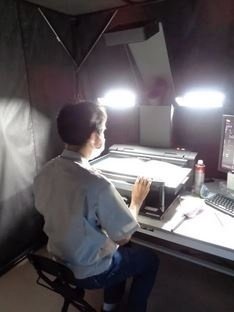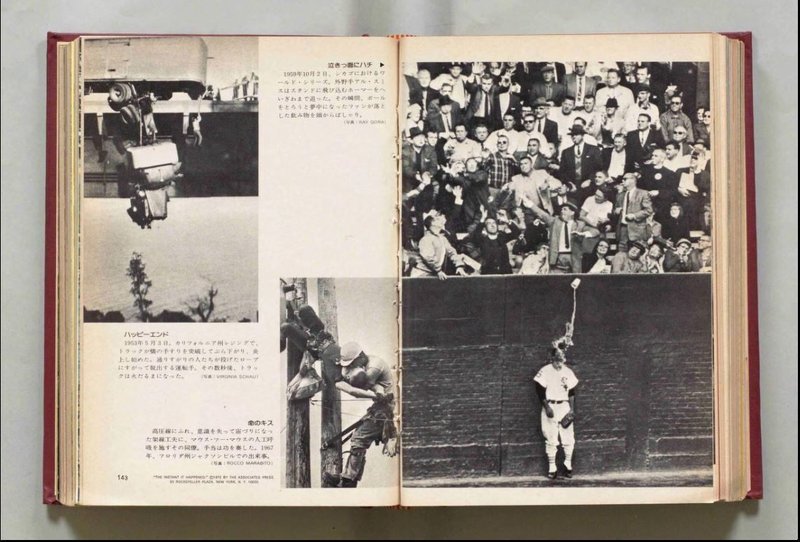
国会図書館のデジタル化資料送信サービスを実現するための地道な作業とインフラ
この統計情報によると、国会図書館は、去年時点で、約1193万点の図書、約1320万点の雑誌を所有しています。出版物(図書、雑誌・新聞だけでなく、CD、DVD、ブルーレイ、レコード、楽譜、地図など)は、法律で定められた納本制度によって今も収集され続けています。
ただ、この統計を見ていて気がついたのですが、書庫の収蔵能力は、全部を合わせても、2405万冊しかありません。
図書と雑誌を合わせると、2511万点なので、収蔵能力を超えています。この数字には、すでにデジタル化されている分を含んでいるので、物理的には収まっているのでしょうか?
出版者は、納本したら、小売価格の5割と郵送最低料金に相当する金額を受け取れます。数年前、一人で経営する出版社が、とんでもなく高い定価の本を国会図書館に納めて、大金をせしめたが、結局返金した事件がありました。さすがにそれ以降は同様な事件は報道されていません。
一方で、私が見たい古い雑誌を検索しても、見つからないこともあります。例えば学研とか旺文社などの学習雑誌です。今でも存続している出版社なので、ちゃんとしてほしいものです。
また、国会図書館は、その名前の通り、国会議員からの依頼を受けて、調査を行います。去年の実績は約3万件でした。今年は、このように、旧統一教会関係の記事に、自分の名前が載っていないかを調べさせる議員がいたので、件数が増えるかもしれません。記憶力の弱い議員への対応について、司書たちは内心「ふざけるな」と思っているかもしれません。
この記事に書いたように、国会図書館では、古い雑誌や書籍をデジタル化したデータの一部を、利用者が自宅からインターネットで見えるようにしました。国会図書館に行かないとどうしようもなかったl頃と比べたら、今はいい時代です。
また、この記事によると、『あの病気』の感染拡大時に図書館が閉まり、翻訳者や校正者など、本を作る人たち全般が困ったそうです。そこで、元々あった、リモートで資料を見えるようにしてほしいという要望が高まったそうです。
とはいえ、デジタル化した内容をネットワークで個人が利用できるようにするためには、デジタル化の作業と、デジタルデータを管理するインフラが必要です。
1.デジタル化作業について
この記事によると、これまで大手印刷会社などが受注していたデジタル化作業に、日本財団が参入しました。受注した日本財団は、作業に共通性がある印刷業を元々手がけていた障害福祉事業所を中心に業務を委託しています。
下の図は、日本財団の提供情報による、国会図書館の蔵書デジタル化作業の流れです。

この図の中のスキャニング作業は手作業です。

ここで使っているスキャナーは、とじ込み部分が黒く写らないよう、台の中央部に可動式の段差がある、特殊な機器です。私が前に書いた家庭用スキャナーは3万円もしませんでしたが、この特殊なスキャナーは800万円もするので、先の記事によると、日本財団が約7億5千万円を助成し、スキャナーや耐火保管庫、IT機器などを整備しました。
そのスキャナーで撮った例を載せます。下の画像は、『リーダーズ・ダイジェスト』1974年4月号の「決定的瞬間」という記事の一部です。
右側の写真では、ホームランのボールを取ろうとした観客がこぼした飲料を外野手がかぶるという、気の毒だがつい笑ってしまう瞬間を捉えています。実際にPCで見ると、画面いっぱいに表示されて、小さい文字も鮮明に見えます。

2022年度は8カ所の作業所で延べ500人ほどの障害者が、約3万冊のデジタル化作業を行っています。
作業者は、暗室で、ガラス板を時折ほこり取りで拭き、一枚一枚ページをめくってスキャンしています。余白は画像全体の10%以内にしないといけないそうです。また、古いわら半紙のような本もあり、根気のいる作業ですが、障害者は、以下のような事情で、最低賃金すらもらえないそうです。
障害者の作業所のうち、最低賃金が適用されない福祉的なタイプの所では、労働の対価として支払われる「工賃」は、全国平均で月約1万6千円にとどまる(2020年度)。時給に換算すると、わずか222円だ。
厚生労働省の調査では、国の障害年金を受け取っている人のうち、生活保護を受給している人の割合は全人口に比べ4・6倍に上る。例えば障害基礎年金の2級と平均工賃では、月の収入は合計でも8万円余りにしかならない。障害ゆえに貧困を余儀なくされる人が多くいることが浮かぶ。
国会図書館のデジタル化は、障害者の作業所としては異例の大口事業で、従事する人の工賃は平均の3倍強となる月約5万円。日本財団の担当者は「障害者の生活水準向上につなげたい」と話していて、23年度以降も事業を受注したい考えだ。
もし仮に身体の障害が無い人がこの作業をしても、時間あたりの作業量はそれほど変わらないとしたら、せめて最低賃金くらいは報酬として払ってあげてほしいと思います。
2.インフラについて
国会図書館は、デジタル化した蔵書のデータを2か所に保管しています。
一つは、デジタルコレクションでのデータ公開に使う、クラウド上のストレージです。もう一つは、データの長期保管用として、国会図書館敷地内に設けた、オンプレミスストレージです。
詳細はこの記事に載っていますので、インフラ環境について興味のある方はご覧ください。

タイトルの図は、「個人向けデジタル化資料送信サービスの開始について」国会図書館,2022.5.19から引用
Steady work and infrastructure to realize the digitized material transmission service of the National Diet Library
According to this statistical information, the National Diet Library possessed about 11.93 million books and about 13.2 million journals as of last year. Publications (not only books, magazines and newspapers, but also CDs, DVDs, Blu-rays, records, sheet music, maps, etc.) are still collected under the legal deposit system.
However, looking at these statistics, I noticed that the total storage capacity of the stacks is only 24.05 million volumes. The total number of books and magazines is 25.11 million, which exceeds the storage capacity of the library. Since this number includes the part that has already been digitized, does it fit physically?
Upon deposit, the publisher will receive an amount equal to 50% of the retail price plus a minimum postage charge. A few years ago, a one-man publisher gave the Library of Congress a ridiculously high list price for a book that didn't sell at all. And he got a lot of money, but eventually returned it. Since then, no similar incident has been reported.
On the other hand, when I search for old magazines that I want to see, sometimes I can't find them. For example, learning magazines such as Gakken and Obunsha. It's a publisher that still exists, so I want them to do it properly.
As the name suggests, the National Diet Library conducts research upon request from members of the Diet. Last year's record was about 30,000. This year, there was a lawmaker who asked a librarian to check if his name was listed in articles related to the former Unification Church, so the number of investigations may increase. Librarians may be thinking, "Don't be kidding me," about dealing with legislators with weak memories.
As I wrote in this article, the National Diet Library has made some of the digitized data of old magazines and books available to users on the Internet from home. Compared to when we had no choice but to go to the National Diet Library, now is a good time.
According to this article, when the infection of "that disease" spread, the library was closed, and it seems that translators, proofreaders, and other people who make books in general were unable to work. Therefore, it seems that the demand for remote viewing of materials has increased.
However, in order to make digitized content available to individuals on networks, digitization work and an infrastructure to manage digital data are required.
About digitization work According to this article, The Nippon Foundation has entered into digitization work, which until now has been ordered by major printing companies and others. The Nippon Foundation, which received the order, outsources the work mainly to the disability welfare office that was originally involved in the printing industry, which has commonalities in the work.
The diagram below shows the flow of work to digitize the collection of the National Diet Library, based on information provided by The Nippon Foundation.
Scanning work is manual. The scanner used is a special device that has a movable step in the center of the table so that the binding part does not appear black. The home scanner I wrote about earlier cost less than 30,000 yen, but this special scanner costs 8,000,000 yen. According to the previous article, the Nippon Foundation subsidized approximately 750 million yen to provide scanners, fireproof storage, and IT equipment.
Here is an example taken with the scanner. The image below is from an article entitled "The Decisive Moment" in the April 1974 issue of Reader's Digest. The photo on the right captures the unfortunate but hilarious moment when an outfielder covers a drink spilled by a spectator trying to catch a home run ball. When you actually look at it on a PC, it fills the screen and even small characters look sharp.
In fiscal 2022, a total of about 500 people with disabilities are digitizing about 30,000 books at eight workshops.
In the darkroom, the worker occasionally wipes the glass plate with a duster and flips through each page to scan. The margin should be no more than 10% of the entire image. In addition, there are books that look like old straw paper, and it is a laborious task, but for the following reasons, people with disabilities cannot even receive the minimum wage.
Among workplaces for persons with disabilities, at welfare-type workplaces where the minimum wage is not applied, the "wage" paid as consideration for labor is only about 16,000 yen per month on average nationwide (fiscal 2020). Converted to hourly wage, it is only 222 yen.
According to a survey by the Ministry of Health, Labor and Welfare, the percentage of those receiving public assistance among those receiving the national disability pension is 4.6 times the total population. For example, with a disability basic pension level 2 and average wages, the total monthly income is only a little over 80,000 yen.
It comes to mind that there are many people who are forced into poverty because of their disabilities.
The digitization of the National Diet Library is an unusually large-scale project for a workshop for people with disabilities, and workers receive a monthly wage of about 50,000 yen, more than three times the average.
A person in charge of the Nippon Foundation said, "We want to improve the living standards of people with disabilities."
Even if a person with no physical disabilities does this work, if the amount of work per hour does not change that much, I would like him to pay at least the minimum wage as compensation.
2.Infrastructure
The National Diet Library stores digitized collection data in two locations. One is storage in the cloud, which is used to publish data in digital collections. The other is an on-premises storage facility on the premises of the National Diet Library for long-term data storage.
Details are in this article, so if you are interested in the infrastructure environment, please take a look.
The figure in the title is quoted from "Regarding the start of a digitized material transmission service for individuals", National Diet Library, May 19, 2022.
この記事が気に入ったらサポートをしてみませんか?
